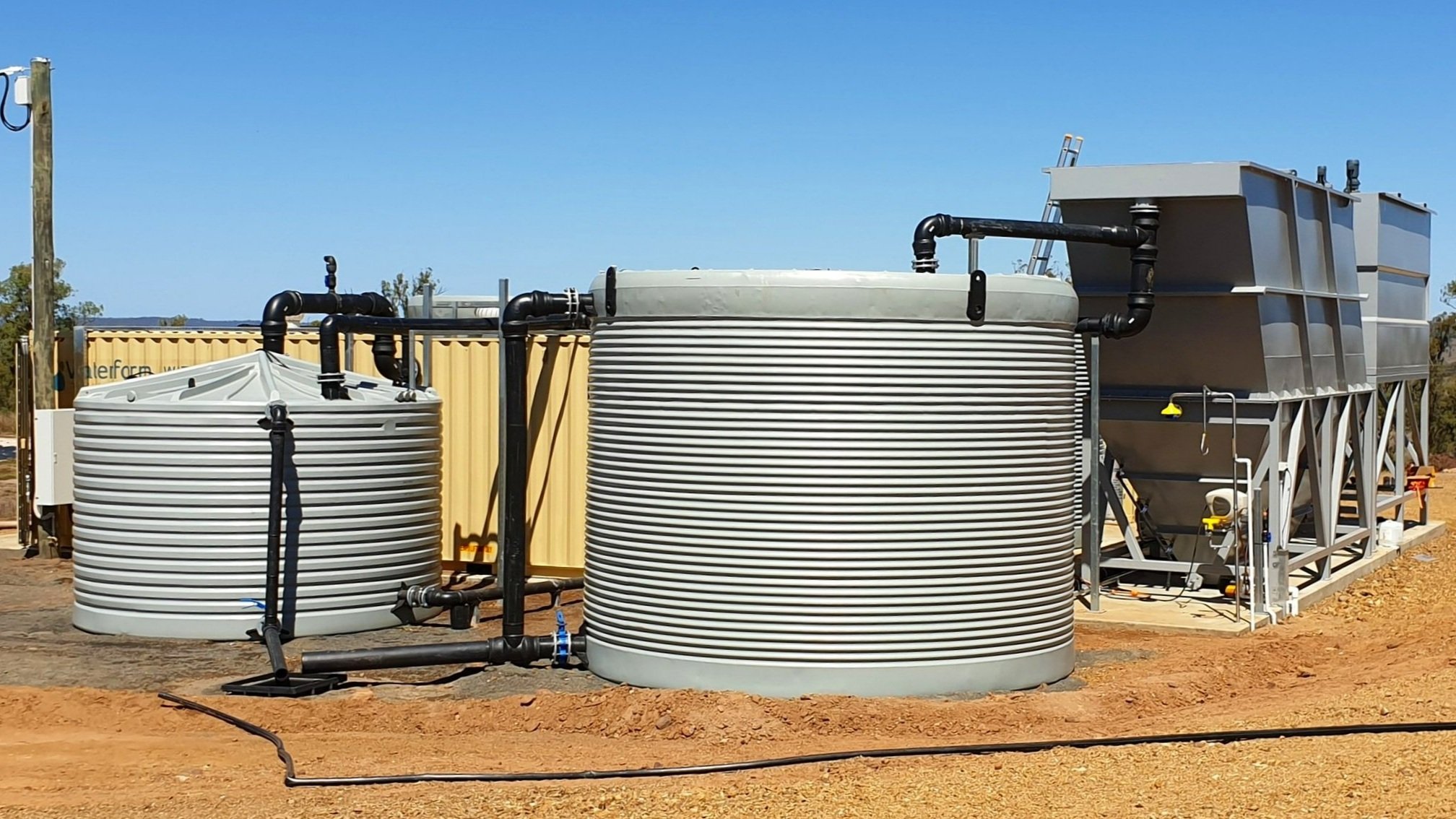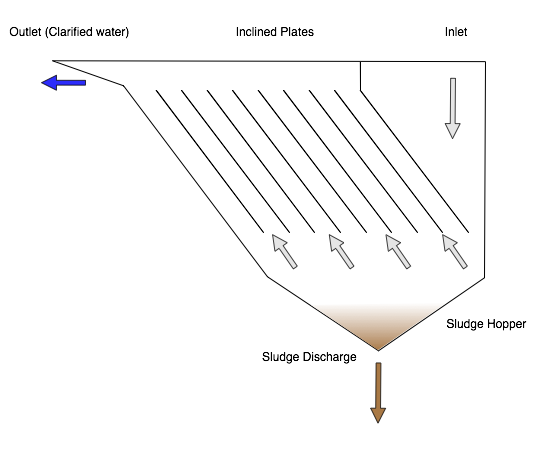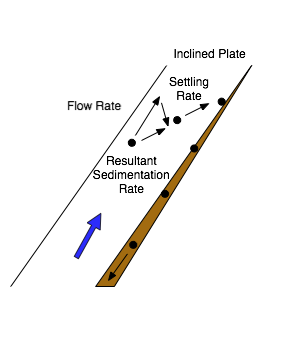One of the most commonly used technologies for basic water treatment and wastewater treatment is the Lamella Clarifier. In this article, we’ll explain how a Lamella Clarifier works and how it can benefit food processing sites.

A Lamella Clarifier is a type of sedimentation tank that uses a series of inclined plates to separate solid particles from liquid. These plates, also known as lamella plates, are arranged at an angle to increase the effective settling area while reducing the footprint of the tank. The inclined plates create a flow pattern that allows solids to settle on the plates’ surface and slide down to the bottom of the tank. The clarified liquid exits the tank through a collection system located at the top of the unit.

The Lamella Clarifier works on the principle of gravity separation. When wastewater enters the tank, the solids in the liquid begin to settle to the bottom of the tank due to the force of gravity. As the solids settle, they encounter the inclined plates, which increase the effective settling area and allow more solids to settle. The settled solids slide down the inclined plates to the bottom of the tank, where they collect and are removed periodically.
The clarified liquid exits the tank through the collection system located at the top of the unit. The flow rate of the liquid is controlled by an effluent weir, which maintains a constant liquid level in the tank. The effluent weir also prevents solids from escaping with the clarified liquid.

Lamella Clarifiers have several advantages over traditional sedimentation tanks. Some of these advantages include:
The inclined plates in a Lamella Clarifier increase the effective settling area while reducing the footprint of the tank. This space-saving design is especially useful for food processing sites that have limited space for wastewater treatment.
The inclined plates in a Lamella Clarifier increase the effective settling area, allowing more solids to settle in a shorter amount of time. This increased efficiency results in better separation of solids from liquid.
Lamella Clarifiers require minimal maintenance compared to traditional sedimentation tanks. The inclined plates are self-cleaning, reducing the need for regular cleaning and maintenance.
Lamella Clarifiers are generally less expensive than traditional sedimentation tanks, making them an attractive option for food processing sites with a tight budget.
The efficient separation of solids from liquid in a Lamella Clarifier results in a cleaner effluent, which can reduce the environmental impact of wastewater discharge.
A useful operational formula for Lamella Clarifiers is the Surface Area Loading Rate (SALR), which measures the amount of solids that can be treated per square meter of settling area per day.
SALR = Q x C / A
where:
Q is the flow rate of the wastewater (m3/day)
C is the concentration of solids in the wastewater (mg/L)
A is the settling area of the Lamella Clarifier (m2)
A benchmark for the food processing industry is that the SALR should not exceed 20-25 kg of total suspended solids (TSS) per square meter of settling area per day.
This benchmark ensures that the Lamella Clarifier is operating efficiently and can effectively treat the solids in the wastewater. However, it’s important to note that the optimal SALR may vary depending on the specific wastewater characteristics and the design of the Lamella Clarifier.
If you’re considering using a Lamella Clarifier at your food processing site, here are some tips to keep in mind:
Consider the design flow rate: The design flow rate of a Lamella Clarifier should be based on the maximum flow rate of your wastewater. If the flow rate exceeds the design flow rate, the unit may not operate effectively.
Choose the right size: The size of the Lamella Clarifier should be based on the maximum flow rate of your wastewater and the expected solids loading. Choosing the wrong size can lead to inefficient operation or overflow of solids.
Monitor the sludge level: Regular monitoring of the sludge level is essential to prevent overflow of solids. When the sludge level reaches a certain height, it should be removed from the bottom of the tank.
Maintain the effluent weir: The effluent weir should be inspected regularly to ensure it is functioning correctly. A malfunctioning effluent weir can lead to solids escaping with the clarified liquid.
Clean the inlet screen: The inlet screen should be cleaned regularly to prevent clogging and ensure proper flow of the wastewater into the Lamella Clarifier. A clogged inlet screen can lead to reduced efficiency and overflow of solids.
Regularly inspect the plates: The inclined plates should be inspected regularly to ensure they are not damaged or clogged. Damaged or clogged plates can reduce the efficiency of the unit.
Control the pH and temperature: The pH and temperature of the wastewater should be controlled to ensure the Lamella Clarifier operates effectively. High or low pH levels or temperatures can impact the settling of solids and reduce the efficiency of the unit.
Overall, Lamella Clarifiers are an efficient, space-saving, and cost-effective solution for wastewater treatment in the food processing industry.